

Released from factories, powerplants, and vehicles, toxic particles and chemicals can have detrimental effects on both human health and the environment—yet it wasn’t until 1970 that the United States started regulating how much of…
Read More


On June 2, 2024, I found myself in waist-deep swamp water traversing a flooded dike. As I trudged through the muck, I entertained the possibility of snakes slipping through this water, of leeches latching onto...
Read more


Released from factories, powerplants, and vehicles, toxic particles and chemicals can have detrimental effects on both human health and the environment—yet it wasn’t until 1970 that the United States started regulating how much of…
Read More
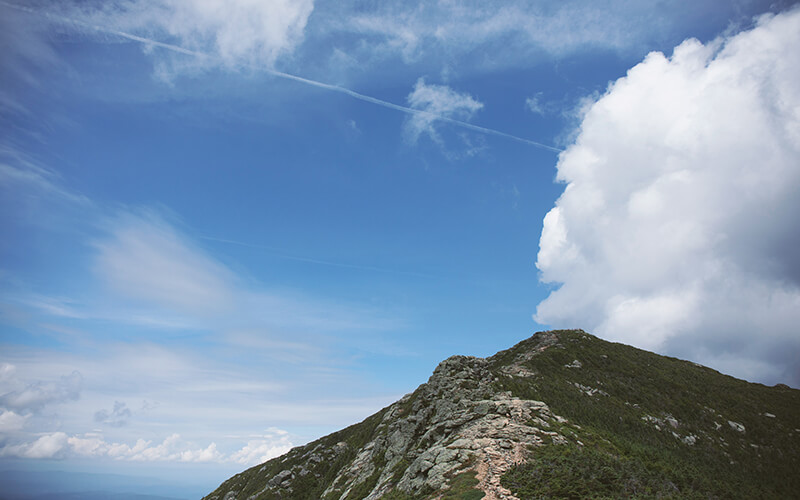

Fifty years ago, Congress passed arguably the most important environmental and public health legislation to date: the Clean Air Act (CAA). By setting emissions standards for vehicles and industrial factories, the act has removed…
Read More
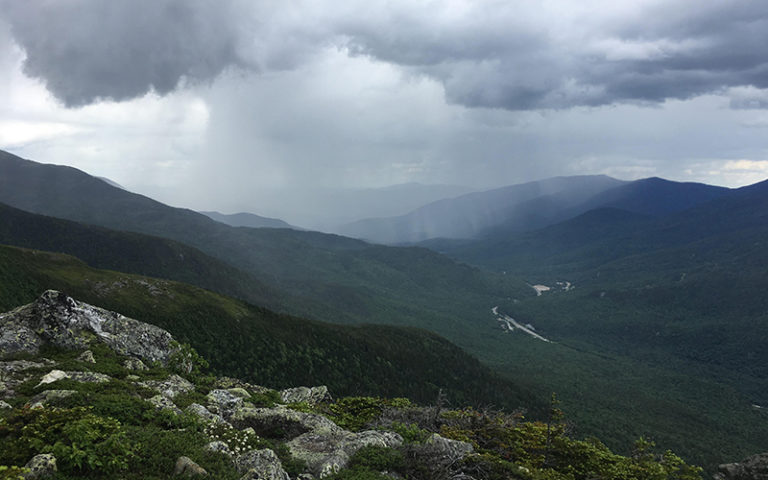

The greenhouse effect has caused the Earth’s average temperature to rise 1.62 degrees Fahrenheit since such records were first kept in the late 19th century. This may not seem like a significant increase, but even…
Read More
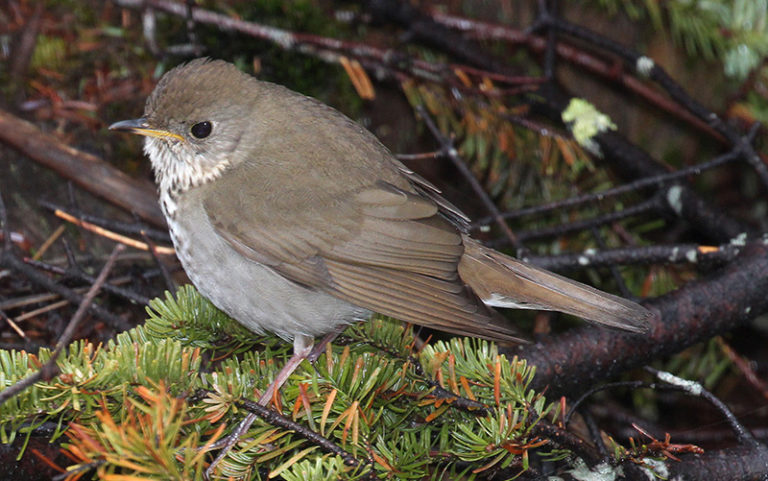

Most birds start singing just before sunrise, and in June, that means 4 a.m. Dave Cowan had already cleaned up his campsite and was close to the summit of Maine’s Baker Mountain when he heard…
Read More
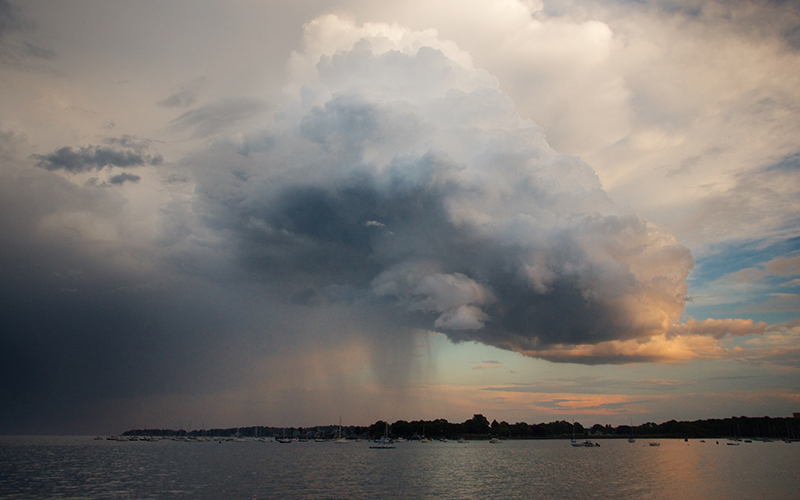

Each winter, when snow blankets a normally mild region of the country or a polar vortex sinks large swaths of America into a deep freeze, the questions begin. They mostly boil down to a…
Read More
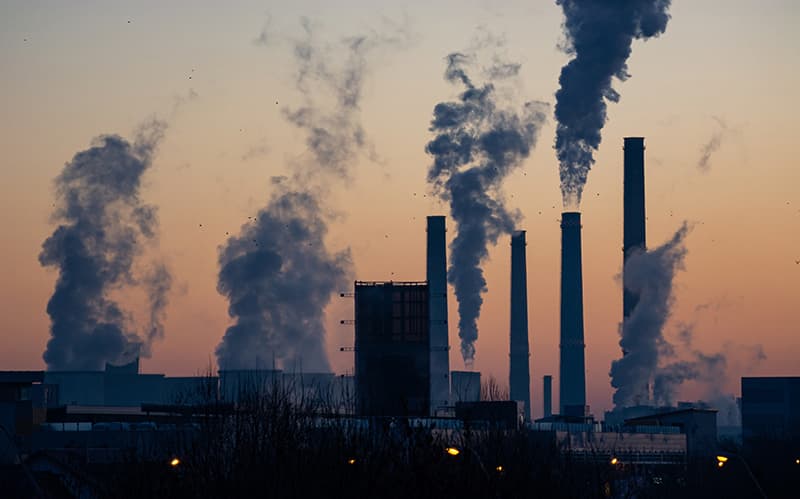

Nearly all scientists agree: the global climate is getting warmer. According to NASA records, Earth’s average surface temperature has risen 1.62 degrees Fahrenheit since the late 19th century. All but one of the 16…
Read More


Measuring a person’s carbon footprint includes a number of factors. Choices we make, from the food we eat, to the products we use and industries we support, to the distances we travel, play into…
Read More


Every day, the average American family uses 300 gallons of drinking water, for consumption, bathing, cooking, laundry, and other household chores, according to the Environmental Protection Agency (EPA). Where that water originates and how…
Read More
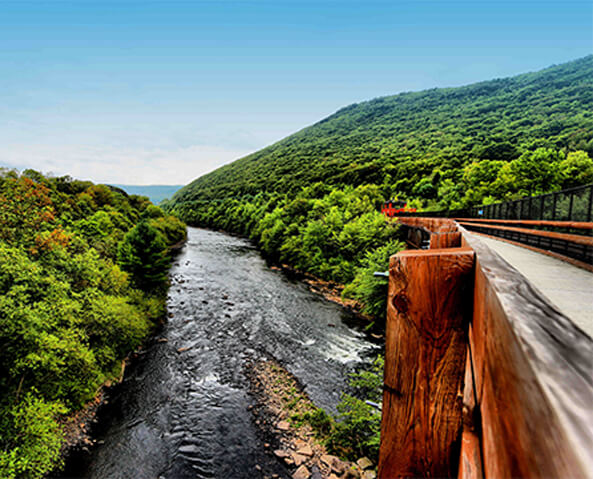

For more than four decades, Ken Powley has made his living on the Lehigh River. The founder of Whitewater Challengers, a whitewater rafting company in Weatherly, Pa., Powley has guided thousands of visitors over rapids,…
Read More